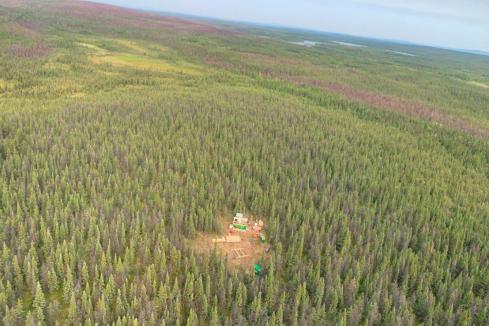Northern Minerals’ trailblazing foray into heavy rare earths in WA got a shot in the arm this week courtesy of the Federal Government after the company announced it had banked a $1.76m research and development cheque for the 2015-16 financial year.
The company told the ASX the government rebate, equal to 45 cents in the dollar spent on R&D in Australia, had allowed it to retire a $1.3m debt with Innovative Technology Funding Pty Ltd, a specialist funder of innovative businesses in technology and other industries.
Northern Minerals managing director, George Bauk, said: “The Federal Government’s R&D rebate scheme is a highly worthwhile initiative, with the rebate received offsetting significant work completed on Browns Range during the period.”
If the bureaucracy in Canberra were wondering whether these public subsidies actually create value for the country, they need look no further than the example set by Northern Minerals in relation to their Browns Range Dysprosium project.
With the certainty of a rebate cheque on the horizon, the company was able to advance the project by August this year to a point where they could attract a $30m equity funding deal with China’s Huatai Mining, which will cover around 50% of the cost of constructing a pilot plant.
A $2.8m down-payment was banked from the Chinese in August and the first of three further tranches of $9m each is due to be received any day now according to the company with 99% of shareholders recently voting in favour of the Huatai deal.
The Browns Range project, which is located southeast of Halls Creek in the Tanami region of WA and NT is now racing towards a final pilot plant investment decision in early 2017. Investors are taking notice too with the share price almost tripling to around 16 cents in the past few months.
Northern Minerals and Huatai, who are backed by the giant Shandong coal company, aim to establish Browns Range as the world’s first significant producer of Dysprosium outside of China, which currently accounts for more than 95% of world production.
The pilot plant is designed to produce 49 tonnes of Dysprosium per year from 590 tonnes of total rare earth oxides. It is the first stage in a planned three-stage development that could ultimately establish Browns Range as the world’s leading supplier of Dysprosium which is used in heavy industrial magnets in wind turbines, electric cars and a host of other industrial type motors.















